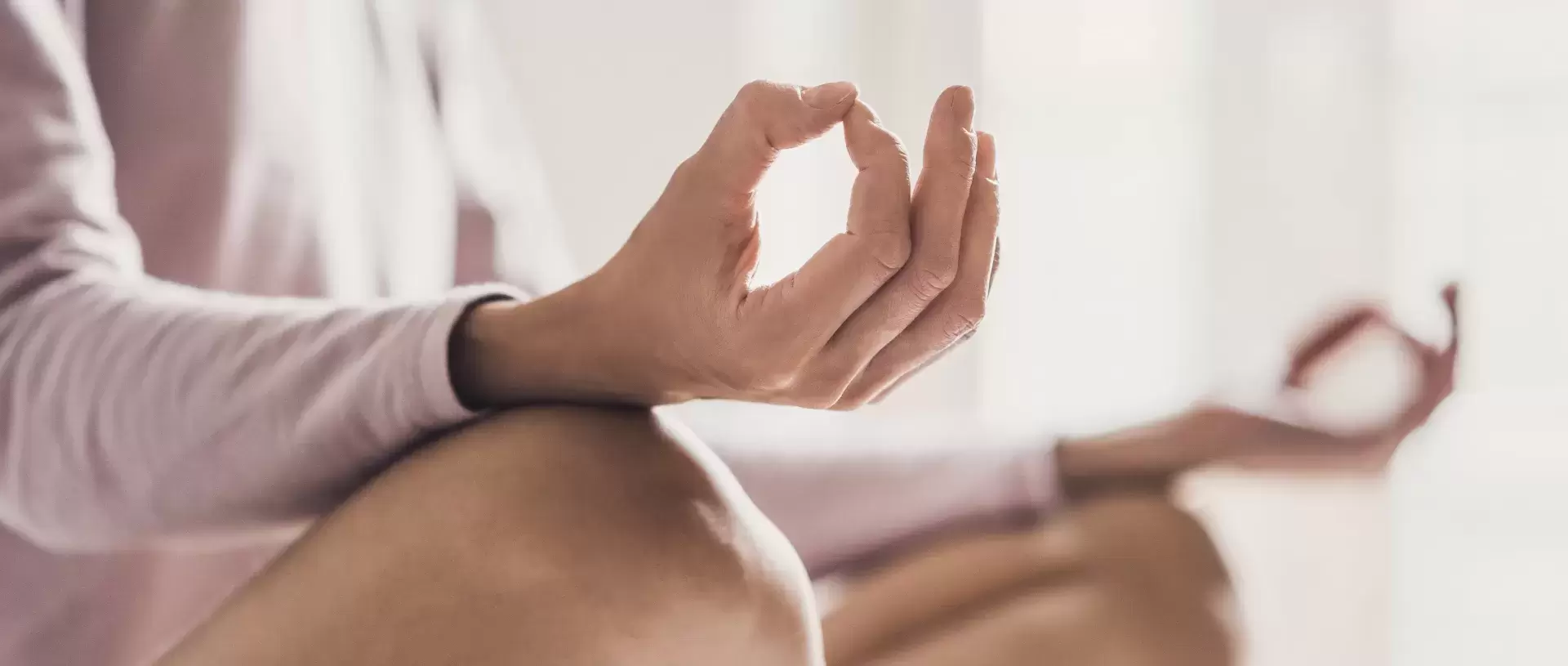As someone who practices Yoga, why did you choose to become a Rolfer®?
 Yoga and Rolfing® go very much hand in hand. They are my two sources of inspiration and support in life. I am very lucky to have had the opportunity to learn the skills needed to be a Rolfer, and to be able to help people in my Rolfing practice to find more ease in their bodies and lives.
Yoga and Rolfing® go very much hand in hand. They are my two sources of inspiration and support in life. I am very lucky to have had the opportunity to learn the skills needed to be a Rolfer, and to be able to help people in my Rolfing practice to find more ease in their bodies and lives.
Back in 2004 I had already been teaching yoga for 10 years in the UK, and was searching for some training in a one-to-one therapy that I could offer alongside my yoga teaching. When I attended my first Rolfing workshop, I was excited to see there was a whole new world of learning and body of wisdom to explore there and it immediately intrigued me. My Rolfing journey from that point on opened up a new window on the human body, and gave me a deeper understanding of my yoga practices and how yoga works. It also changed my life profoundly.
Shortly after discovering Rolfing, I began to make the 200 mile journey to London once a month to receive my Rolfing sessions. My Rolfer was also a yoga teacher and sometimes I would book a double session – half Rolfing, half yoga. I learnt some new poses in middle-age that I didn’t think I would ever be able to do, such as hand balances and scorpion pose. But more profoundly, the Rolfing process aligned my body, released a lot of held trauma, and gave me the emotional strength to deal with some challenges happening in my personal life at the time.
The following year I enrolled on the Rolfing basic training course at the European Rolfing Association in Munich. After 3 years of study, I qualified as a Rolfer in 2008. I enjoyed my Advanced certification course in 2018 and continue to research and learn about the structure and function of the body and mind and how that plays out in a unique way in each individual. I find the subject endlessly fascinating and enjoy sharing with yoga teachers in anatomy workshops that I lead regularly.
What are the benefits that Rolfing can bring to someone practicing Yoga?
 In my private Rolfing practice I see a wide variety of people. Many come because of pain, or because they’ve reached the end of the line with medical tests that have found nothing wrong and need a new approach, or simply because they are ‘feeling stuck’. All of these experiences can be debilitating, and sometimes, just when you need your yoga practice the most, you are unable to practice. Rolfing can help to shift these situations and get you back on track.
In my private Rolfing practice I see a wide variety of people. Many come because of pain, or because they’ve reached the end of the line with medical tests that have found nothing wrong and need a new approach, or simply because they are ‘feeling stuck’. All of these experiences can be debilitating, and sometimes, just when you need your yoga practice the most, you are unable to practice. Rolfing can help to shift these situations and get you back on track.
Rolfing doesn’t ‘fix’ things – it integrates. Integration brings more order and flow to the system to allow an environment where healing can occur.
A fair proportion of my clients are yoga teachers and yoga practitioners, and very often they aren’t coming because of pain, but because they want to understand their body better. They have noticed that they are limited in some yoga poses, or that there is an imbalance between the two sides of their body in asymmetrical poses, or some other observation they have made, and they want to understand what it is they are experiencing. Over the 10 sessions of the Rolfing process we investigate together, working towards an increased degree of balance and poise.
Sometimes yoga practitioners come along to Rolfing with the desire to work more deeply into certain yoga asana, or to be more symmetrical. And sometimes that happens. However, the more useful learnings are usually around understanding your own body and learning to look after it well in your practice. For example, if you have a scoliosis in your spine, then spinal rotation poses are never going to feel balanced between the two sides. So a more useful take-away is to understand the nature of your scoliosis and to accept and adapt to your asymmetry (in reality we all are asymmetrical – the heart is to the left, liver to the right, one kidney higher than the other, etc.). Rather than pushing to the limits, or trying to be symmetrical, you can enhance your yoga practice greatly by learning in your Rolfing sessions how to stabilise your body more efficiently in your practice.
Rolfing shines a spotlight on all aspects of operating your human body in a gravitational field. Themes around how we relate to the ground, how we relate to the space around us, how we breathe, body image, holding patterns, etc are aspects of physicality that also arise as we practice yoga asana. For me, Rolfing was and still is a continuation of my subjective and experiential yoga explorations, as well as satisfying my objective scientist mind, and endless curiosity about life, consciousness and what it means to be human.
Author: Certified Advanced Rolfer®, Yoga teacher trainer (BWY), BSc(Hons) Biochemistry Andrea Newman - UK







